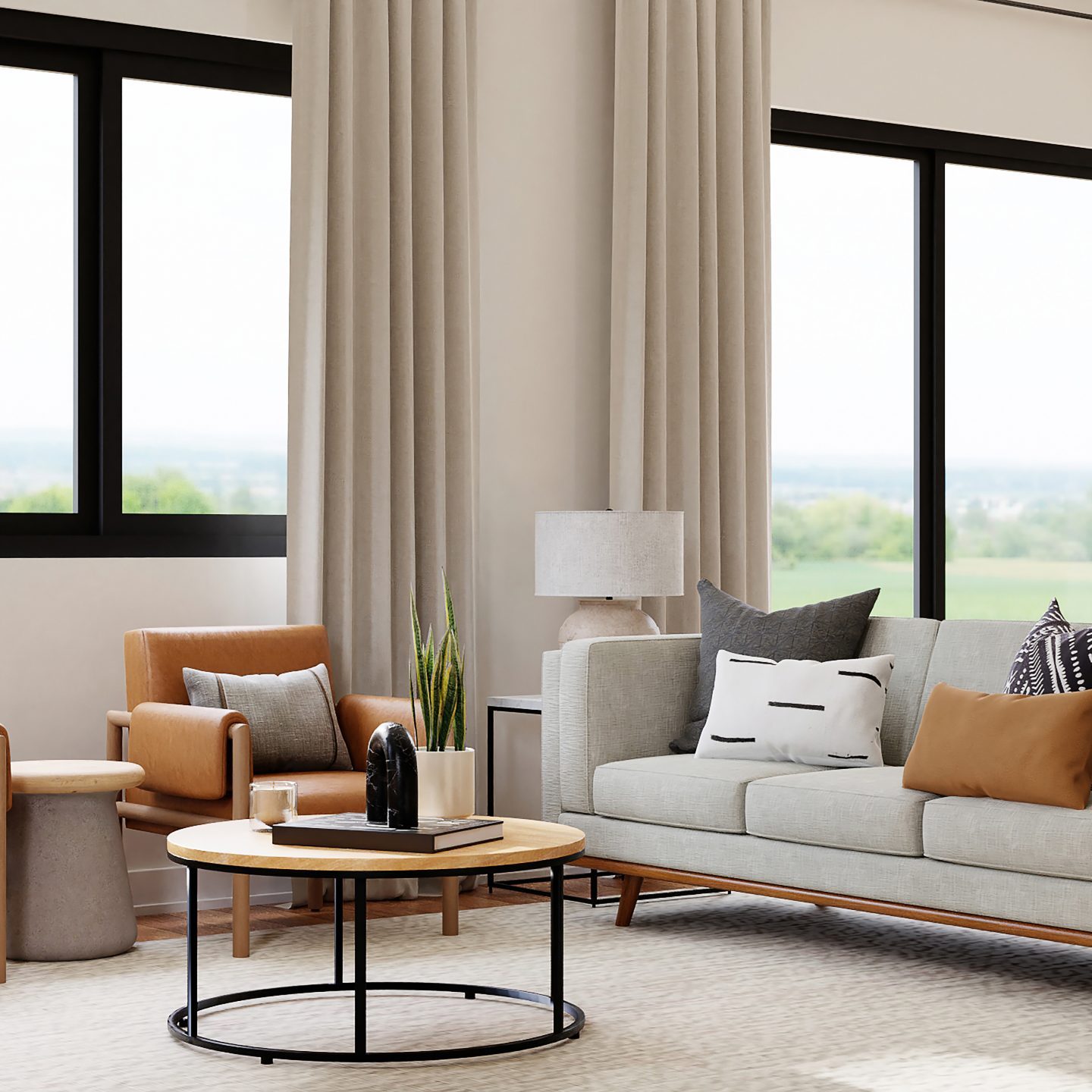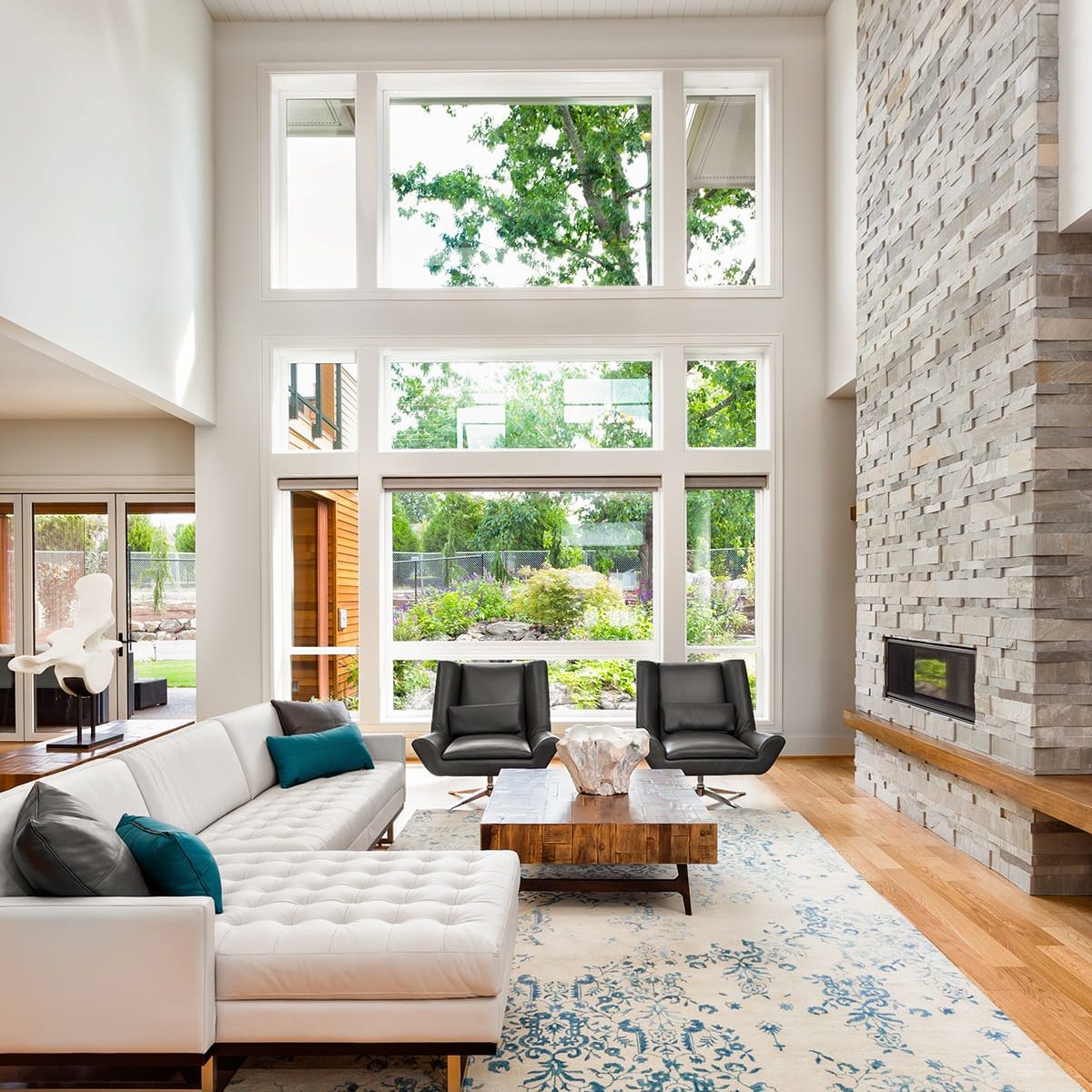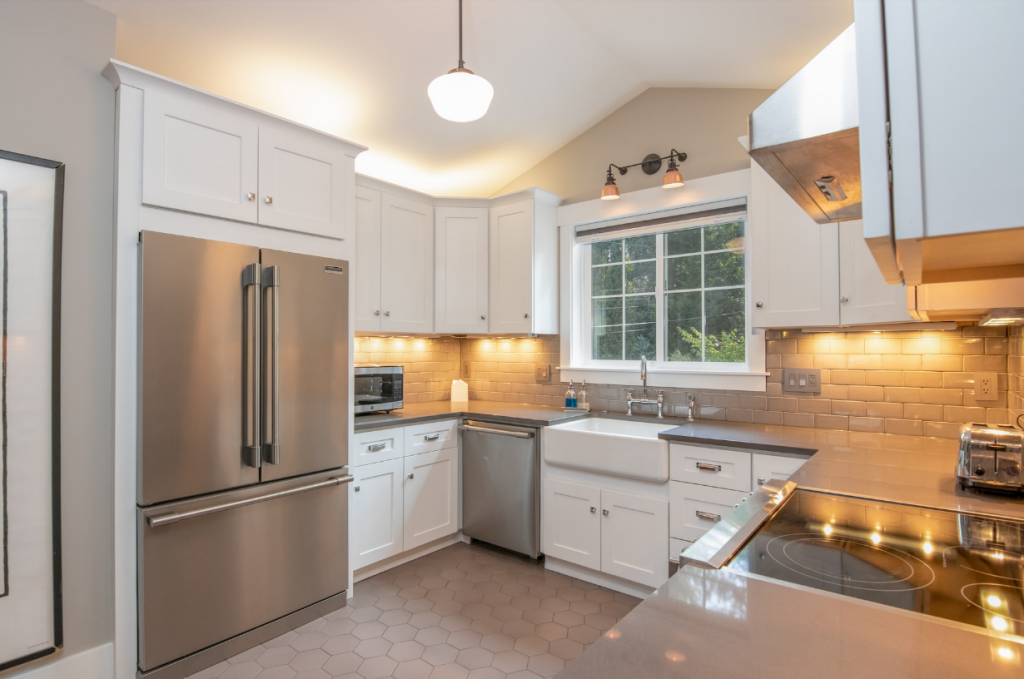PASSION | DEDICATION | EXPERTISE
Ramesh works with total dedication and integrity and is passionate about every opportunity to guide a client. You’ll come to appreciate his holistic approach backed by 20 years of experience, white-glove service, and unmatched expertise.
RAMESH RAO
Coldwell Banker Realty agent Ramesh Rao is one of Silicon Valley’s leading luxury home real estate professionals. Clients appreciate his holistic approach backed by 20+ years of experience, white-glove service, and unmatched expertise. Ramesh’s passion for world class service to his clients drives his relentless pursuit of excellence.
Ramesh’s individualized service encompasses more than just the transaction, giving his clients a significant advantage in today’s highly competitive market. Buyers and sellers appreciate his personal touch and commitment to open and timely communication. In addition to impactful marketing, trustworthy financial guidance, and skilled contract negotiation, Ramesh’s expansive global connections equate to a fully satisfying real estate experience that few agents can match.

Interested in working with a highly credentialed, reliable agent
to show you how real estate can enhance your life? Request a free consultation today.
Blog
How will 2024 Housing Market Perform?
What will happen to the housing market if the interest rates come down? This is a very frequently asked question whenever I meet clients and friends. I thought I would address that question for the benefit of you. When mortgage rates trend down and the stock market itrend up as currently happening, it can […]
Read MoreAs interest rates climb, Silicon Valley buyers are putting a larger down payment
Who has $235,183 lying around in a bank account? The average homebuyer in Silicon Valley, apparently. That’s the median down payment for a home in the San Jose metro area — and it’s on the rise. In the third quarter of 2023, the median down payment in San Jose reached nearly 25% of purchase price, […]
Read MoreLearn the 10 steps to being Safer from Wildfires
Every action under Safer from Wildfires will qualify you for an insurance discount. By doing more, you can save more. Read the full text of the new Safer from Wildfires insurance regulation. Class-A fire rated roof – Most roofs qualify including asphalt shingles, concrete, brick, or masonry tiles, and metal shingles or sheets. Wood shake […]
Read More
INTERESTED IN THE BAY AREA'S HOUSING MARKET UPDATES?
Receive Ramesh's exclusive newsletter straight to your inbox.













